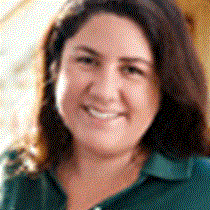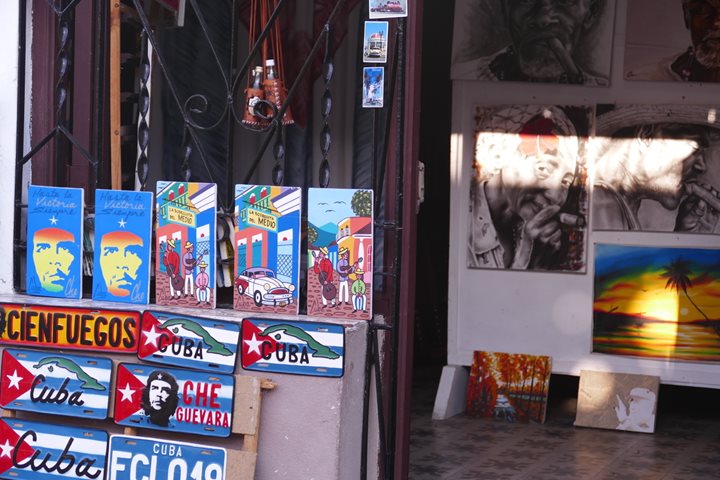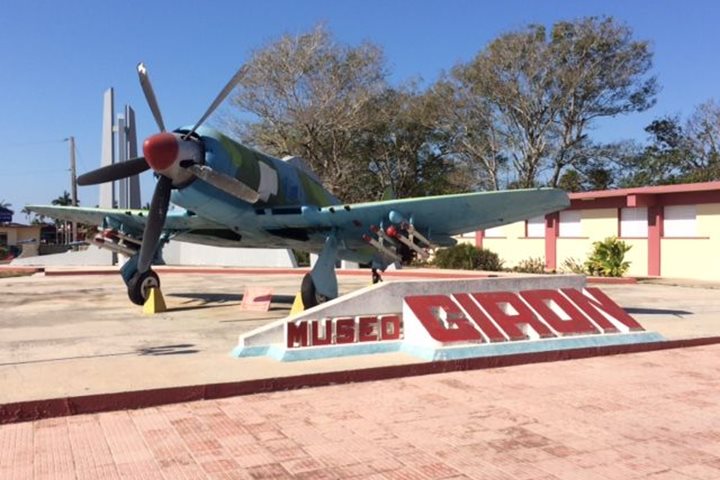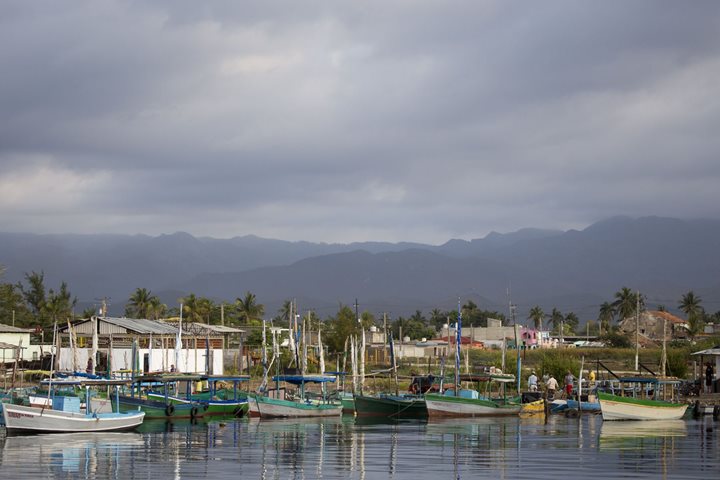The country of Cuba is an archipelago of approximately 4.000 islands. Because of their isolation, islands are great laboratories of evolution. Species may, through various mechanisms and time, become different from their ancestors, become endemic. And Cuba has a high degree of endemism! We found great examples of it when we visited La Bermeja, a reserve at the borders of one of the most important National Parks in Cuba, the Zapata Swamp National Park.
Carlos, our guide for the reserve and a park ranger, was ready since early in the morning; we knew that the early hours are the best for bird watching.
We walked into the forest, along the road and even through the houses of a tiny village, to encounter several unique species, like the tiny and elusive Cuban Tody, the Cuban Pygmy-Owl, the Cuban Trogon, the blue-headed quail-dove and Cuban Parakeets, among many others.
The group continued to Palpite, a small village where Juanita Matos and her husband Bernabe Hernandez were ready to open the doors of their garden to share its jewels: hummingbirds.
Bernabe told us “They don’t come here for the flowers of the Ponaci; they come because we treat them well, my wife and I. They like us.” And he proudly showed us the female bee hummingbird, then the male, and even a second species, the Cuban emerald hummingbird.
In the meantime the other part of the group had gone to Punta Perdiz for swimming, snorkeling, and diving. There aren’t endemic salt fish in Cuba, as the Caribbean is all interconnected, therefore there is no real isolation. But it didn’t mean we couldn’t find several beauties, such as damselfish, parrotfish, barracuda, scorpion fish, and flounders. One of the highlights was the opportunity to discover a ship wreck. Our Photo Instructor and National Geographic expert, Fabio Amador, is also an archeologist and diver, and organized a group to search for a sunken boat. And we did find it. That was a delight for the several younger explorers we have on board this week: they became underwater archeologists!
We met for lunch at Tiki restaurant in Playa Larga. Tiki wasn’t only about a great meal, or the view of the Bay of Pigs, but also about sharing with Teresa George’s and her family, who opened this private business in March 2012.
After lunch, one of the directors of the Zapata National Park, Armando, told us about the treasures of the largest of the 14 national parks in Cuba, and one of its 102 protected areas.
We had enjoyed birds, we had enjoyed marine life, and it was time for history.
We headed to the Playa Girón Museum to learn about life in the area before the revolution, when people had to make their living by producing charcoal, and how it changed after 1959. The museum also shows in detail all about the 1961 invasion, which took place in this same area.
During sunset we headed to our home away from home, the Harmony V, where captain Costas Chaviaras, hotel manager Petros Dimitrakopoulos and the whole crew had arranged an amazing Christmas Eve dinner. We shared thoughts and highlights of the day, made a toast for much better days to come, for all of us and for this country that has been so welcoming. And as we are in Cuba, we celebrated dancing until midnight! Happy Holidays to you all!







